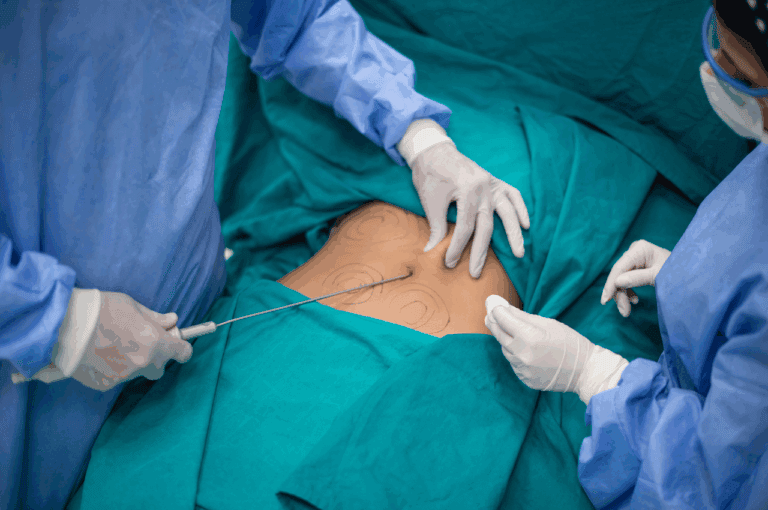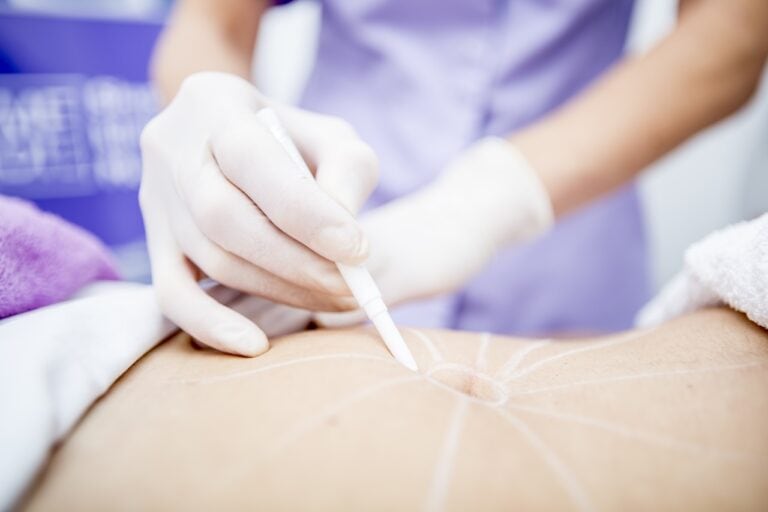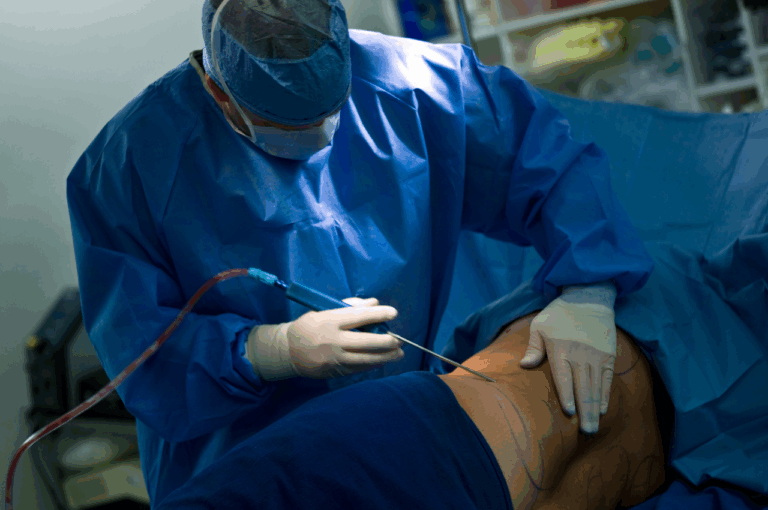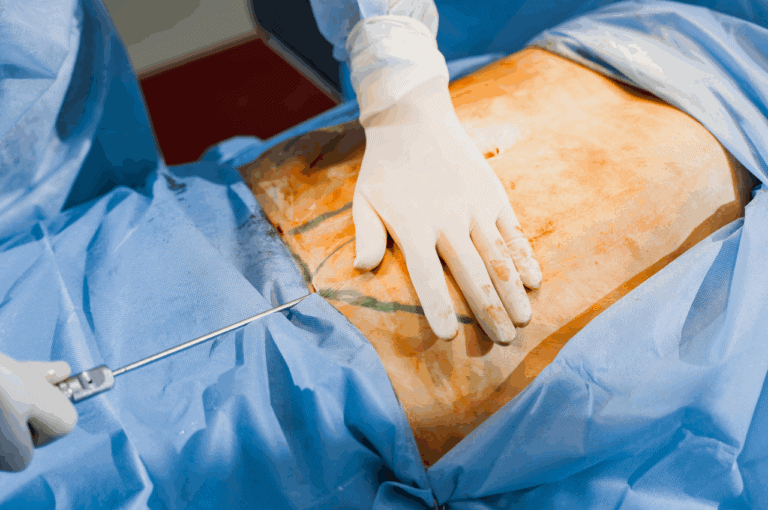If you want a younger, more sculpted appearance, you may have considered facial liposuction. In a crowded city like New York, appearance can feel especially important. More people are turning to focused procedures to refine facial contours and boost their confidence.
At the New York Liposuction Center, facial liposuction offers an advanced solution for those struggling with stubborn facial fat. The procedure can deliver subtle yet dramatic improvements. Knowing what to expect, whether you are considering this procedure or just curious, is essential for making confident decisions about your appearance.
Let’s explore everything you should know about facial liposuction in NYC, from candidacy and procedure details to recovery and choosing the right specialist.
Key Takeaways
- Personalized Results: Facial liposuction can refine the neck, jawline, and lower face for a more contoured look.
- Candidacy Matters: Not everyone is a candidate; good skin elasticity and overall health are vital.
- Procedure Details: The surgery uses small incisions and targeted fat removal, often under local anesthesia.
- Short Recovery Time: Most people return to work within a week but should expect mild swelling and bruising.
- Low Risk, Real Results: Complications are rare with a skilled surgeon, and patient satisfaction is high.
- Experience Counts: Choosing a board-certified, experienced NYC surgeon improves safety and aesthetic outcomes.
- Combining Procedures: Many patients combine facial lipo with other enhancements for optimal facial balance.
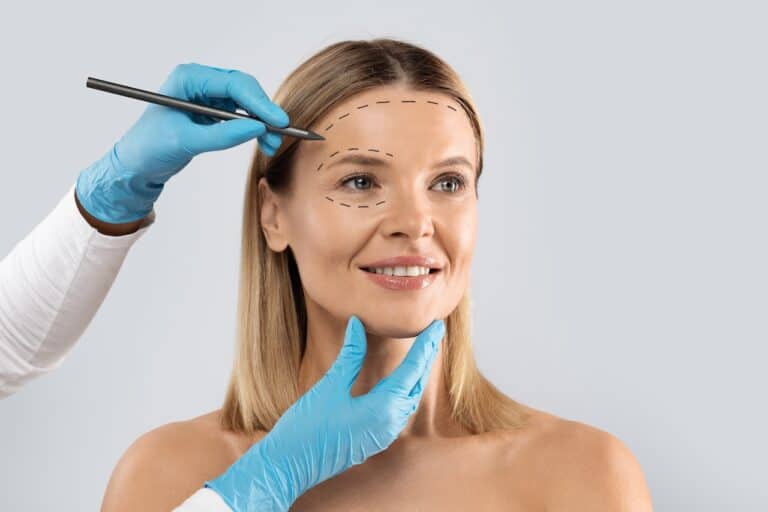
Understanding Facial Liposuction
Facial liposuction removes excess fat from targeted areas of the face. Most commonly, it addresses the lower cheeks, jawline, and neck.
This procedure aims for more defined contours and a balanced facial appearance. Surgeons use minimally invasive tools to sculpt and smooth these problem spots.
Unlike body liposuction, facial lipo requires delicacy. The face has thinner skin and smaller fat deposits, so precision is crucial for natural-looking results.
How the Procedure Works
During the procedure, the surgeon numbs the area with local anesthesia. Small incisions hide beneath the chin or behind the ears. A thin cannula loosens and suctions away fat deposits.
The entire process usually takes less than an hour. Most patients avoid general anesthesia, which decreases both risk and downtime.
Facial liposuction offers permanent fat reduction. If you maintain a stable weight, results can last for many years.
Advantages Over Other Facial Contouring Methods
Facial liposuction differs from non-surgical methods such as injectables or radiofrequency treatments.
Injectables temporarily mask fullness by relaxing muscles or filling hollows. Non-invasive tightening improves skin tone but does not remove fat.
Facial lipo directly targets and removes unwanted fat, which provides clearly defined and lasting contour changes.
Who Is a Good Candidate for Facial Liposuction?
You may wonder if this procedure matches your goals and health profile. Good candidates meet specific criteria to ensure safety and satisfaction.
These include a stable weight, good skin elasticity, and realistic expectations. Understanding who benefits most will help you decide if it is right for you.
Ideal Characteristics for Candidates
Most surgeons look for the following qualities before recommending facial liposuction:
- Stable Weight: Fluctuating weight can alter results and may stretch the skin further.
- Elastic Skin: Patients with firm, elastic skin see the best contour and smoothness post-surgery.
- Local Fat Pockets: Candidates have distinct, limited areas of excess fat that do not improve with diet or exercise.
- Non-smoker: Smoking increases risks and can compromise healing.
- Good Health: Those free from significant medical issues or bleeding disorders are safest.
When Facial Liposuction May Not Be Recommended
Facial lipo is not right for everyone. Several factors may make this treatment less effective or riskier.
People with very loose, sagging skin may not achieve a smooth result. In these cases, a facelift or neck lift may work better.
Chronic health conditions or medication use can increase surgical risks. Your surgeon will discuss these at your consultation.
Step-by-Step: The Facial Liposuction Experience
Knowing what will happen each step of the way can ease your mind. The process unfolds in several distinct phases, each with its role in ensuring safety and results.
Here is a breakdown of what to expect before, during, and after facial liposuction.
Consultation and Preparation
Your journey begins with a detailed consultation. The surgeon examines your facial structure, records your medical history, and discusses your goals.
They answer questions and explain all options. They may recommend further tests if you have specific health issues.
Before surgery, you must avoid certain medications and supplements that raise bleeding risk. Smoking must be stopped at least two weeks in advance.
The Surgical Procedure
Facial liposuction takes place in a sterile surgical suite. You receive local anesthesia, and sometimes light sedation for relaxation.
The surgeon creates tiny incisions at natural points, typically beneath the chin or behind the ears. They insert a micro-cannula to gently dislodge and suction fat away.
Precision techniques minimize trauma to the surrounding tissues. Incisions are closed carefully to leave minimal scarring.
The procedure usually lasts less than an hour. You can typically return home just a few hours later.
Immediate Postoperative Care
After the procedure, you wear a gentle compression garment or bandage around your lower face and neck. This controls swelling and supports the new contours.
You may feel mild discomfort, swelling, and bruising. Most discomfort improves within a couple of days.
Surgeons provide simple instructions for at-home care. You should avoid heavy lifting, bending over, or vigorous exercise for about a week.

Recovery and What to Expect
Recovery is often swift. Still, you should know the milestones and possible issues to manage your healing well.
Here is what most patients in NYC experience through the phases of facial lipo recovery.
Early Recovery: First Week
Mild swelling and bruising peak in the first 48 hours. Most patients describe the feeling as soreness rather than severe pain.
Wearing the compression garment regularly during this time helps reduce swelling. Short, gentle walks help circulation but avoid strenuous activity.
You should sleep with your head elevated. Most patients can return to work or social activities within five to seven days.
Ongoing Healing: First Month
Swelling and bruising fade gradually over two to three weeks. Minor numbness or firmness subsides as your body adjusts.
Visible improvements become clearer as swelling resolves. You must follow all care instructions closely.
Protect your healing skin from sun exposure and avoid facial massages or dental work during this early phase.
Signs of Concern During Recovery
While complications are uncommon, you must remain alert for warning signs. Contact your surgeon if you experience any of the following:
- Fever or Chills: These may indicate infection if they develop days after surgery.
- Significant Bleeding: Ongoing, uncontrolled bleeding is rare but demands attention.
- Sudden Swelling or Pain: Sharp increases in swelling or pain may signal hematoma or other issues.
If addressed promptly, most issues resolve without lasting effects. Following all aftercare advice is key for smooth healing.
Risks, Safety, and Potential Complications
Facial liposuction is considered very safe when performed by a qualified, board-certified surgeon. Nevertheless, all surgical procedures carry some risks.
Here are the main risks and potential complications you should be aware of before undergoing the procedure.
Common and Rare Risks
Temporary swelling, bruising, and some numbness are typical. These usually disappear within weeks.
Rare complications may include:
- Infection: Meticulous surgical technique and post-op care minimize this risk.
- Contour Irregularities: Small lumps or asymmetry can sometimes occur and may require touch-up treatment.
- Nerve Injury: Injury to facial nerves is rare but could result in temporary weakness or altered sensation.
Results: What Can Facial Liposuction Achieve?
The effects of facial liposuction are tailored to your unique facial structure. Most people can expect refined contours and improved balance within a few weeks.
Let’s look at the kinds of results facial lipo typically delivers, and which factors shape these outcomes.
Common Treatment Areas and Expected Changes
This procedure most often improves:
- Double Chin: Removal of excess fat sharpens the angle of the neck and jawline.
- Lower Cheeks (Jowls): Smoother, slimmer lower face results in a younger appearance.
- Jawline Definition: Contouring here provides a more athletic, chiseled look.
Small changes can create a big difference in facial aesthetics. Results continue to sharpen as post-procedure swelling disappears.
Long-Term Outcome and Maintenance
Fat cells removed by liposuction do not return. If you maintain a healthy weight, your new facial shape remains stable for years.
Weight gain or loss can affect the outcome. Aging may also change your contours over time, but results typically last much longer than nonsurgical fixes.
Combining Facial Liposuction with Other Procedures
Facial liposuction may work well on its own, but many patients pursue comprehensive rejuvenation by combining procedures. A tailored approach can maximize improvements and create harmony across all facial features.
Popular Combination Options
Combining procedures can optimize facial proportion and balance. Common combinations include:
- Neck Lift: Tightens loose neck skin, often recommended if sagging is also present.
- Facelift: Addresses skin laxity and deeper facial aging, paired with lipo for a complete refresh.
- Chin Implant: Adds projection and definition alongside fat reduction for enhanced results.
- Non-Surgical Treatments: Fillers or neurotoxins correct volume loss or lines while lipo sculpts the face.
Discussing your unique goals during a consultation will help you and your surgeon craft the best plan.

Frequently Asked Questions About Facial Liposuction
Many people have similar questions before committing to facial lipo. While your consultation will address your specific concerns, here are answers to common questions.
Does Facial Liposuction Leave Scars?
The procedure uses very small incisions. Scars are typically hidden in natural creases under the chin or behind the ears.
Over time, these marks usually fade and become barely noticeable.
Can the Fat Come Back After Lipo?
Removed fat cells do not regenerate. If you gain significant weight in the future, some fatty deposits can return.
Stable weight maintenance gives the longest-lasting shape.
How Soon Will I See Final Results?
Swelling obscures the final outcome early on. Within three weeks, most improvement becomes visible.
Full results typically appear within three months as healing finishes.
Is Facial Liposuction Painful?
Pain is usually described as mild discomfort or soreness. Most patients use oral medication only for a couple of days.
Most are pleasantly surprised by how quick and easy recovery feels.
Achieving Facial Balance and Confidence
Facial liposuction offers a highly focused way to enhance your natural features and take years off your appearance. It provides subtle but powerful changes, from improving your jawline to contouring the cheeks and neck.
The safety record among skilled NYC surgeons is excellent. With minimal downtime and long-lasting results, this option stands out among facial rejuvenation choices.
If you are considering a more sculpted look, or you want expert advice tailored to your needs, reach out to the New York Liposuction Center. An in-depth consultation helps you explore all your options, set expectations, and start your journey to renewed confidence.
